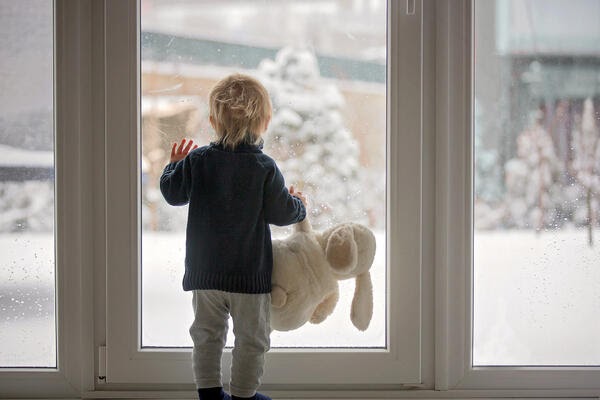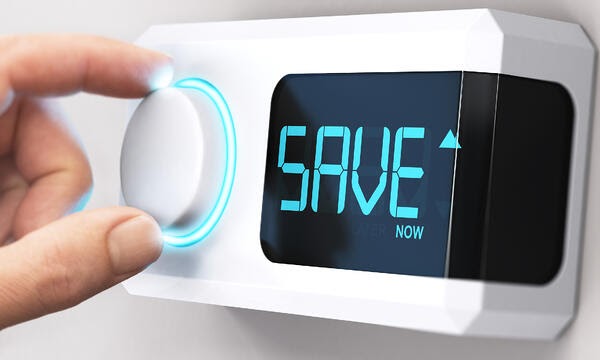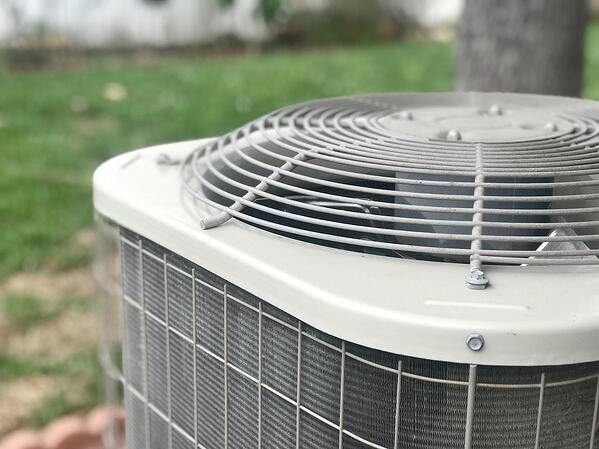When the temperature starts to plummet, you want to be able to get comfortable and cozy in your own home. There are few things more uncomfortable than waking up in the middle of the night in winter and shivering because your furnace isn’t working.

Depending on how cold it gets, you could be at risk for burst pipes or even put your family’s safety at risk.
Is your furnace on the fritz? If so, there are some basic troubleshooting tips that most homeowners with a little bit of DIY know-how can accomplish.
1. Follow Furnace Troubleshooting Safety Tips
Before you roll up your sleeves and start troubleshooting, you need to take a few safety precautions.
First, turn off your thermostat. You don’t want your furnace to accidentally ignite while you’re working on it.
Then, turn off the power supply to your furnace at the breaker box. Anytime you’re performing work on a device that requires electricity, you should turn off the power to the device. You don’t want to accidentally shock yourself.
While performing these safety checks, you may notice that your thermostat was turned off all along or that the battery was dead. The circuit breaker also could have been tripped and just needs a simple reset.
2. Check the Furnace’s Power Switch
If the circuit breaker is functioning correctly, inspect the on/off switch for the furnace. This switch looks like a typical light switch and is usually located directly above the furnace or on a nearby wall.
Oftentimes, people mistake furnace switches for light switches and turn them off.
3. Inspect the Furnace Filter
Most manufacturers recommend replacing your furnace filter once a month. While some filters claim to be long-lasting, you should still inspect the filter monthly to ensure that excess build-up isn’t suffocating your furnace. Here is some information on cleaning the filter if you choose to go that route.
It is important to note that regular filter inspections are even more essential if you have pets or if the air is dusty.
If your furnace can’t receive adequate airflow, it may turn off automatically to prevent excessive damage.
4. Find and Inspect the Gas Valve
Your furnace will have a difficult time heating your home if it doesn’t have any fuel to ignite it.
Have you had a service appointment for another appliance like a water heater or clothes dryer lately? The gas valve that supplies fuel to your furnace may have been closed in the process.
Locate the gas valve to your furnace and check that it’s in the open position.
5. Check the Vents Around Your Home
To work effectively, your furnace needs to have a healthy intake and output of air.
People try to save on their gas or electric bill by closing the air vents in unused rooms. However, your modern furnace is specifically sized and calibrated to put out a certain amount of air and if too many vents are closed, you could be suffocating your furnace, causing it to overwork and shut down.
6. Inspect the Condensation Pan and Drainpipe
Your furnace has a condensation pan and drainpipe that remove any water build up inside of the unit.
The drainpipe can become clogged with debris, preventing your furnace from draining properly. As a result, your furnace will shut off automatically if there is too much water built up in the condensation pan.
7. Look at the Furnace’s Flame
Your furnace should have a small window that allows you to view the ignition area and flame. The flame should be a healthy, bright blue color.
If the flame is any other color, or if you don’t see a flame at all, it’s time to contact an expert. There may be a more advanced issue going on in your furnace that requires professional diagnosis.
Are You Still Having Trouble Getting Your Furnace to Turn on Automatically?
No one likes freezing in their own home. The residential heating experts at Althoff Industries can help get your furnace up and running in no time. If you’re located in the greater Chicago area, contact Althoff’s 24/7 emergency service team at 800-225-2443 to have your furnace quickly and safely restored.






